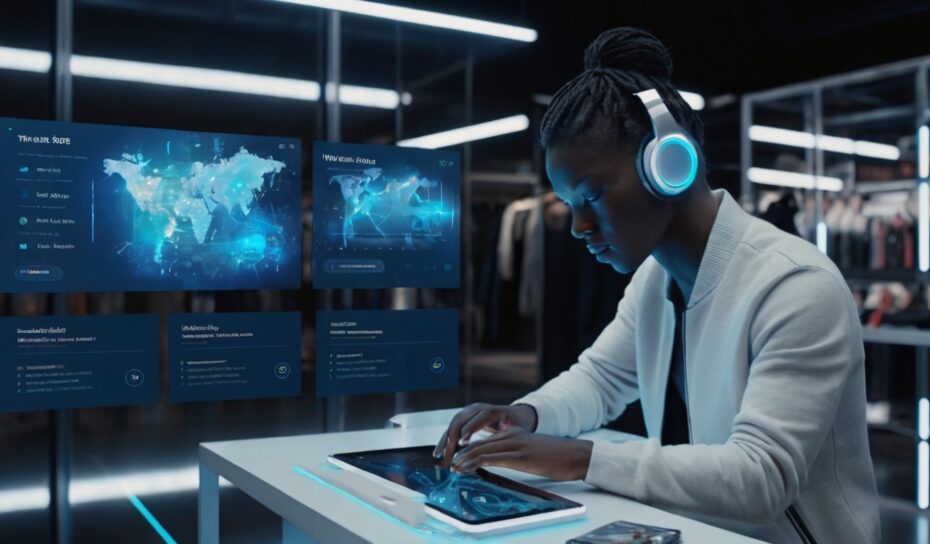Smarter Shopping and Recommendations: How AI is Changing the Way We Buy

In the digital age, the way we shop has evolved dramatically. Gone are the days of browsing through endless shelves or scrolling aimlessly online. Thanks to Artificial Intelligence (AI) and advanced algorithms, consumers now enjoy smarter shopping experiences and highly personalized recommendations that make finding the perfect product faster, easier, and more enjoyable.
What Is Smart Shopping?
Smart shopping refers to the use of AI, machine learning, and big data to enhance the buying process for both consumers and retailers. AI collects and analyzes data — like your browsing history, past purchases, preferences, and even location — to provide real-time, tailored recommendations and streamline decision-making.
Whether you’re shopping online or in-store, AI is working behind the scenes to ensure you see the right product, at the right time, and often at the right price.
How AI-Powered Recommendations Work
AI uses algorithms to study your behavior. For example:
- What products you’ve viewed
- How long you looked at an item
- What you’ve purchased before
- What others with similar interests are buying
With this data, it generates personalized suggestions, like “You might also like…” or “Frequently bought together.” Over time, these systems become smarter and more accurate, creating a hyper-personalized shopping experience.
Popular platforms like Amazon, Netflix, and Spotify use similar recommendation engines — and they’ve transformed how people discover products, movies, and music.
Key Benefits of Smarter Shopping
1. Personalized Experiences
AI makes every shopping session feel tailor-made. Customers receive suggestions that match their preferences, helping them find what they’re looking for faster. This not only saves time but also improves satisfaction and loyalty.
2. Faster Decision-Making
Instead of endlessly searching through options, AI narrows down the best choices based on your interests and habits. This means less time comparing and more time enjoying what you buy.
3. Better Deals and Savings
Smart shopping platforms can alert users about price drops, discounts, or bundled deals that match their needs. Some tools even compare prices across sites to help you find the best value.
4. Improved Product Discovery
AI doesn’t just show you what you’re already interested in — it can introduce you to new brands or products you might never have found on your own.
5. Enhanced In-Store Shopping
Smart shelves, QR codes, and mobile apps are helping brick-and-mortar stores offer real-time recommendations, track customer preferences, and manage stock more efficiently.
Real-World Examples
- Amazon recommends products based on your shopping and search behavior.
- YouTube and Netflix suggest content tailored to your viewing habits.
- Retailers like Zara and H&M use AI to analyze trends and predict demand.
- Grocery apps like Instacart or Walmart auto-suggest frequently bought items and apply coupons automatically.
Challenges and Considerations
Despite the convenience, smart shopping also raises a few concerns:
- Privacy Issues: AI systems rely on user data, which must be collected and stored responsibly.
- Over-Personalization: Seeing the same types of products repeatedly can limit variety and exploration.
- Impulse Buying: Personalized recommendations may encourage unnecessary purchases.
Responsible design and user control over personalization settings can help balance these challenges.
The Future of Smart Shopping
Looking ahead, smart shopping will become even more intuitive. We can expect:
- AI shopping assistants that chat with you and help you make decisions.
- Virtual fitting rooms using AR to try on clothes.
- Voice-based shopping with assistants like Alexa or Google Home.
- Emotion-aware AI that adjusts recommendations based on your mood or tone.
Shopping will become more interactive, predictive, and deeply personalized, offering users a seamless and exciting experience from start to finish.







